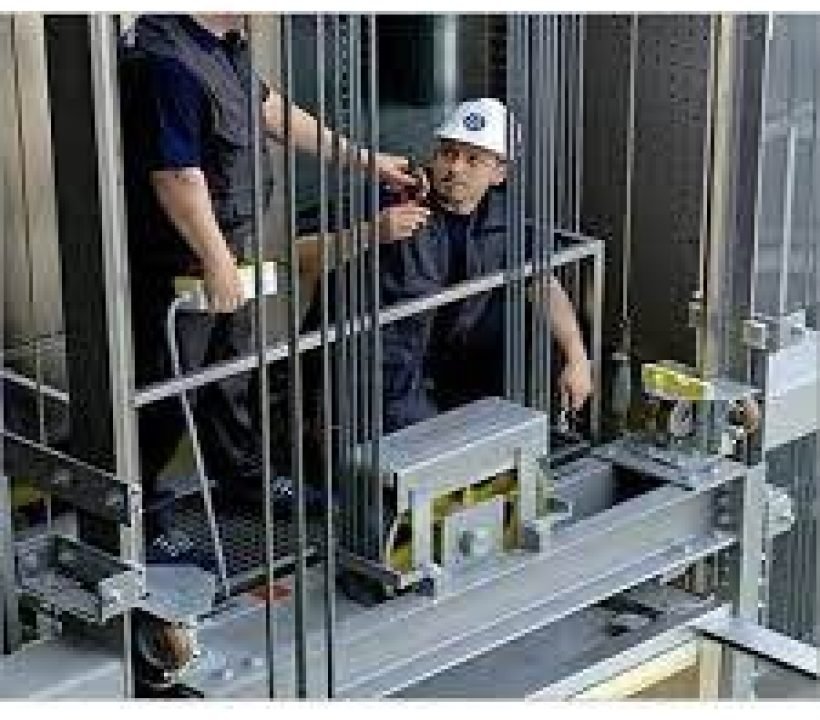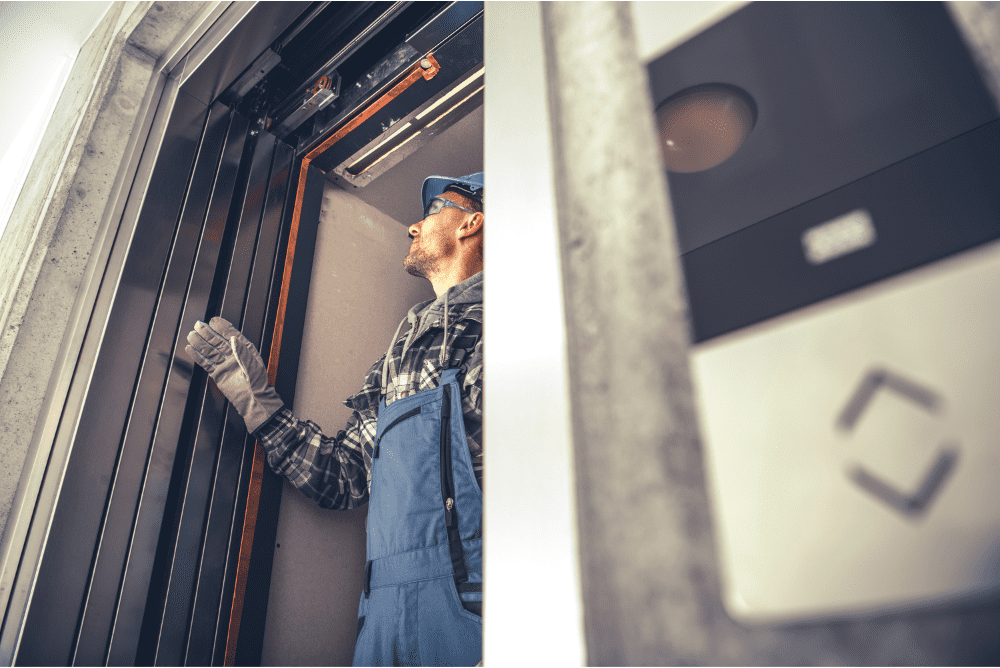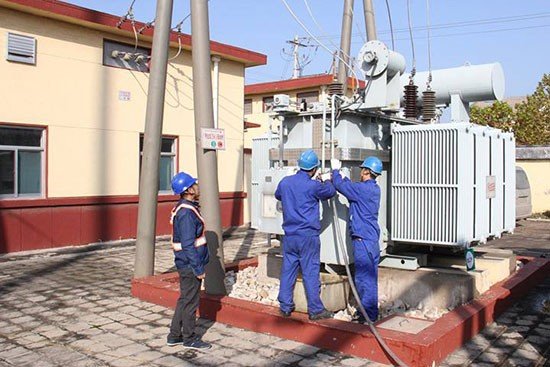
From safety and efficiency to accessibility and sustainability, elevator installations are engineered to elevate the vertical transportation experience while meeting the diverse needs of modern buildings and their occupants.
Sargodha Road, Fsd.
+92 334 9999140
info@aesco.com.pk

Elevator installations represent the backbone of vertical transportation systems, revolutionizing urban landscapes and modern architecture. As towering skyscrapers continue to reshape city skylines and densely populated areas expand vertically, the role of elevators becomes increasingly pivotal. Beyond mere conveyors of people and goods between floors, elevator installations embody the fusion of engineering marvels and sophisticated design, ensuring efficient movement, accessibility, and safety within built environments. This introduction delves into the significance, evolution, and impact of elevator installations, exploring their transformative influence on urban development, building design, and the overall human experience.



Elevator installations are engineered with meticulous attention to detail to ensure optimal performance, safety, and convenience. Here’s a closer look at some key features:

From safety and efficiency to accessibility and sustainability, elevator installations are engineered to elevate the vertical transportation experience while meeting the diverse needs of modern buildings and their occupants.
“Call us for swift solutions to your electrical problems. Expert service tailored to your needs.”
Don’t hesitate to get in touch with us on any Service. Our team awaits you with open handed.
Designed and managed by Market Suite Pro.
Copyright © AESCO Engineering 2024. All rights reserved.